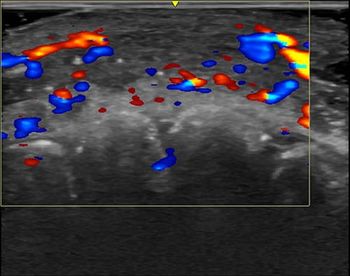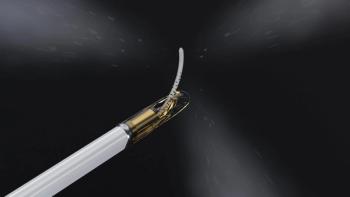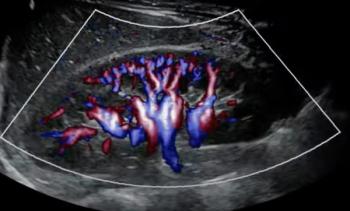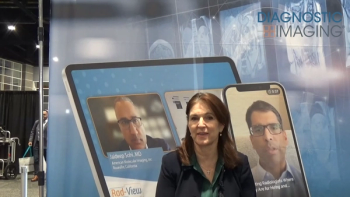
Breast Cancer Screening Recommendation Vary Considerably Between Physicians
Screening for breast cancer among women at average risk still varies considerably between physicians.
Breast cancer screening recommendations are higher among gynecologists than primary care providers (PCPs), and there are sharp differences in recommendations based on which guidelines physicians trusted most, according to a research letter published in JAMA Internal Medicine. Researchers from Maryland, Pennsylvania, and California examined breast cancer screening recommendations physicians give their patients amid recent guideline changes. • The American Cancer Society (ACS): The ACS revised its guidelines in October 2015, encouraging personalized screening decisions for women ages 40 to 44 years. This is to be followed by annual screening starting at age 45 years and biennial screening for women 55 years or older. • The U.S. Preventative Services Task Force: The task force reissued its recommendations in 2016, recommending personalized screening decisions for women ages 40 to 49 years followed by biennial mammograms for women ages 50 to 74 years • The American Congress of Obstetricians and Gynecologists (ACOG): ACOG recommends yearly mammograms for women 40 years or older. The researchers randomly mailed surveys to 1,665 primary care physicians (PCPs),Including those in internal medicine (IM) and family medicine/general practice (FM/GP) physicians, and gynecologists to inquire about their breast cancer screening practices.Fifty-two percent (871) of the physicians responded. Most of the physicians were family medicine/general practice physicians (44.2 percent), almost 30 percent were internal medicine physicians and 26.1 percent were gynecologists. Aside from questions about typical recommendations for routine screening mammograms to women of average risk for breast cancer, physicians were asked which organization’s screening guidelines they most trusted. The results showed that 81 percent of physicians recommended screening to women 40 to 44; 88 percent to women 45 to 49; and 67 percent for women 75 or older. Gynecologists were more likely to recommend screening for women of all ages compared with internal medicine and family medicine/general practice physicians. Among clinicians who recommend screening, most recommend annual examinations, according to the results. The ACOG guidelines were the most trusted, by 26 percent of the respondents, followed by the ACS guidelines (23.8 percent), and the USPSTF guidelines (22.9 percent). "The results provide an important benchmark as guidelines continue evolving and underscore the need to delineate barriers and facilitators to implementing guidelines in clinical practical," the researchers concluded.
Newsletter
Stay at the forefront of radiology with the Diagnostic Imaging newsletter, delivering the latest news, clinical insights, and imaging advancements for today’s radiologists.




























